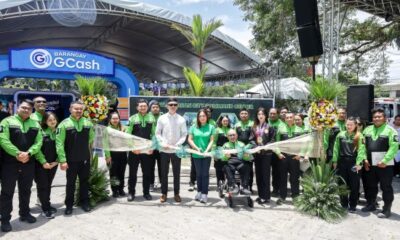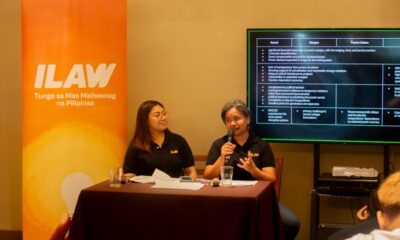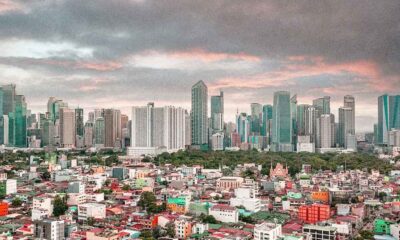News
Subangdaku Chief Pushes for Children’s Welfare and the Environment
Before Ernie Manatad was elected barangay captain, Subangdaku was known for its “carton girls” and a dumpsite for garbage.
“Our challenge before was the illegal disposal of garbage. In the past, there were piles of garbage everywhere. It really was a mess. But we are already over that,” said Manatan in an interview with MCN.
Another headache he inherited when he assumed the role of barangay captain in 2010 were the “carton girls.” These were young girls from the neighboring barangays who were prostituted in Subangdaku. Carton girls because the deal was consummated in a dismantled carton box.
“They were so young. What a pity, really. Some of them were made to do hand-jobs to taxi drivers for a few pesos,” recalled Manatad.
But all that is now history in Subangdaku. How he did it? Manatad said he posted barangay tanods in areas where the illegal activities were done and sent the out-of-school youth (OSY) back to school.
The barangay has OSY scholars who are given free lunches, school supplies, uniforms, and shoes to sustain their schooling.
“They are also monitored. We also give intervention classes to the parents, for good parenthood,” Manatad said.
As to the problem on garbage, the barangay chief said it took him six months to finally solve it. He said that since he could not just endlessly collect the waste as people still generate more of it each day and it is crippling the barangay funds, he decided to “change the mindset of the people.”


He said he started educating his constituents on proper waste disposal. He has also deployed eco-wardens and inspectors to monitor the areas and penalize those who are caught throwing garbage improperly. The barangay also passed the Barangay Revenue Code, which slaps environmental fees to private firms for their excess garbage. It is only P1,000 per truck, but Manatad said last year, they earned P400,000 from garbage fees, which is better than not getting anything at all. He said each year the barangay allocates at least P1.8 million for the garbage truck’s gasoline alone, plus the wages of the garbage collectors, eco-wardens, and those in charge of the field. But at least, he said the garbage fees can offset those expenses.
Manatad was also proud to share that when President Duterte implemented “tokhang”, his barangay was among the first to respond to it.
“We were among the first barangays who created community-based drug rehabilitation program. We partnered with Dilaab Foundation and other sectors like the Rotary Club. We partnered with them to sustain the program,” he said.
The program has 25 surrenderees he said.
As for infrastructure, Manatad was able to improve the barangay hall, which looks like a mini town hall.


“We organize communities to make them resilient and become active in crime prevention,” he said.
Subangdaku has been consistently in the top-10 performing barangays, a recognition given by the Cebu Province.
With its P21 million budget for this year, Subangdaku is considered as the city’s top-earning barangay, a far cry from its P9 million per year before Manatad was the chief.
Manatad said they have become a highly urbanized village, brought about by the spill-over of Cebu City’s development, which means more income for the barangay and job opportunities for the people.
Before his term ends, he said he plans to provide the barangay a complete ambulance with medical personnel, a command center for the emergency responders, and a river park where families can enjoy the view of Mahiga River and sit in public benches.
He said Mahiga, which used to smell of dead rats, has already been cleared of illegal structures and garbage.
“One day we will plant trees along the river. Put up benches for everyone to sit, to make it a good place for families to bond. Because I will be out here soon and I want people to remember me that it was their Kap. Ernie who gave them back the river,” he said.
































